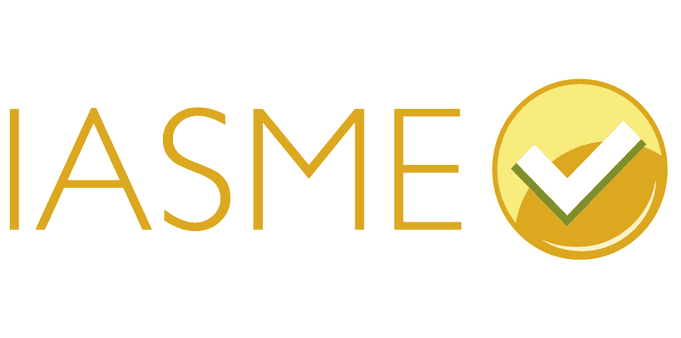Deep Dives and Diagnostics: How to Optimise Tech Efficiency
Aug 24, 2022
How diagnostics are helping smart businesses maximise new tech
In an age where there’s an app or piece of software for just about anything, it’s easy all too easy to get caught up in new technology. Before you know it, you’ve got 20 sources of data. If you’re lucky, a few will integrate, but often, they don’t. When we’re being pushed by legislation or – ironically – a drive for greater efficiency, we’re all too quick to turn to technology. But too much data, and not enough connections can negatively impact business efficiency and productivity.
In a bid to bridge the gap between (too much) data, we see businesses turn to spreadsheets.\n\nSpreadsheets can indeed create the management information and reports that businesses need, but there’s a key flaw – spreadsheets only reveal the information someone has manually added. It's not driving your business, it's just a manual way of measuring a snapshot. And in 2022, we need more.\n\nWe need to be driven by tasks, we need to be alerted to change and progress without the need to collate that information retrospectively and manually. Without the risk or human error, and – the horror - distributing the wrong version of a spreadsheet.\n\nIf this sounds like you, a diagnostic can probably help. “We’re seeing an increased demand for tailored tech that takes away manual tasks and actually does the job well,” Says Vindico MD Jo Polson. “Of course, we can deliver this, but what precedes it all is a meaningful diagnostic.”
Diagnostics generally start with a workshop. It’s a chance for key staff to give us a glimpse into the business so we can understand the good and the bad.\n\nThe next step of the diagnostic takes a deeper dive into the systems you use, how you use them, the data you need, and most importantly the people and processes you rely on. This helps us paint a picture of what’s working, what’s not, and recognise potential gaps for opportunity.
We can spot the areas that need digital knowledge transfer, task automation and support so your teams can spend more time proactively creating new information, building connections, and working together.\n\nBeyond stripping back unnecessary tech, easing the burden of manual tasks, and enhancing efficiency, a diagnostic paves the way for smart automation and data aggregation.\n\nEvery business wants to be better at what they do. We get it. And a diagnostic creates a phased, sustainable roadmap to achieve those improvements.
Early phases help you remove obstacles through simplifying processes and integrating systems – almost like a spring clean of your systems and operations! Once your tech’s been stripped back, the unused and unnecessary apps have been binned, and your manual tasks have been pinpointed, most businesses benefit from a tailored software platform to bring it all together.
This gives you a clear view of the whole business – allowing you to see your business’s capacity, capability, and other upcoming known challenges. It also gives you the robust infrastructure to help drive your business.But perhaps most importantly, a diagnostic is a foundation to build on – especially when you have growth and change on the horizon. A proper understanding of your business sets you up for future success. And shedding what may be holding you back helps you increase efficiency before you manage change or drive growth.
A diagnostic can help you at any stage of your business – whether on its own or as part of a larger exercise. And Every aspect of our diagnostic is important. It’s designed to give you the steppingstones you need to reach your business ambitions, and, spoiler alert, it’s more than a little bit purple! If you know you could be doing business more efficiently, and you want to say goodbye to the systems that are holding you back, click here to get in touch and book your diagnostic today.







